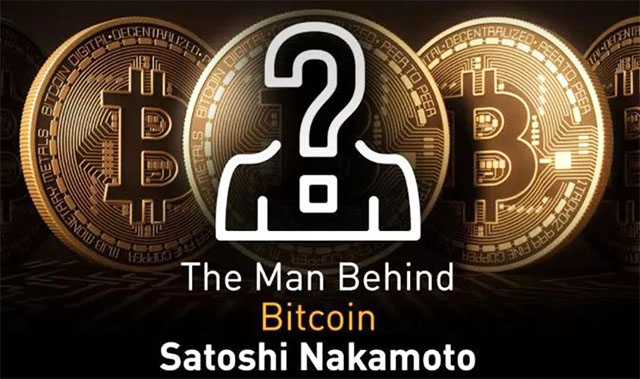The Web3 concept is good, some say it is the next generation Internet, some say it is the infrastructure for future applications such as NFT and metaverse. However, the theory is hype, but still no killer application like ChatGPT that can trigger the market appears.
The reason for this is that the current Web3 concept is a continuous generalization and refinement of Satoshi Nakamoto's ideas, and the span of Satoshi Nakamoto's ideas is so large that no one in the industry has reached this span of ideas, resulting in practitioners being blinded by the elephant in the room, and actually still in "science fiction" about what the next-generation Internet model is.

The crypto-punk movement birthed Bitcoin, which is undoubtedly the forerunner and guiding force behind Web3. In 2014, five years after Bitcoin came out, Gavin Wood, co-founder of Ethereum, proposed the idea of a Bitcoin-based Web3.
However, his project Polkdot was far behind not only Bitcoin, but also the stablecoins and centralized exchanges that emerged around the same time. The harsh reality is a reminder that cryptocurrencies after Bitcoin have so far not brought the world as exciting a case of innovation as ChatGPT, nor have they created a greater use of wealth beyond speculation.
Another five years later, starting in 2018 and running through 2021, entrepreneur and venture capital expert Chris Dixon has provided a new overview of Web3.
Dixon's core ideas, which are reflected in several articles such as "Why Web3 Matters," include describing Web3 as the Internet owned jointly by builders and users, with digital assets as the link between builders and users. Despite making a higher level overview of Satoshi Nakamoto's ideas than Wood, it devalues the blockchain in the eyes of techies and has caused much controversy, such as opposition from former Twitter CEO Jack Dorsey and others.
Based on Dixon, researcher Eshita of Messari described the evolution from Web1 to Web2 to Web3 as follows: Web1 is "readable" → Web2 is "readable + writeable" → Web3 is "readable + writeable is "readable + writeable + ownable". Although this definition is intuitive and simple, and is gradually becoming mainstream, it is still not a complete and accurate version of Satoshi Nakamoto's idea.
Therefore, only by comparing the existing Web3 concept with the Bitcoin ecosystem and discovering the differences can we truly understand Satoshi Nakamoto's ideas and figure out how Web3 is actually evolving.
By analyzing the above definition, we can see that "own" is the key word. Note that "ownership" can be very real or very imaginary, but it is not the same as control, so the Bitcoin system has gradually evolved to community control.
The form of community control is key, and the community should be the highest level of coordination and decision making for all stakeholders. Communities are not new, they are found in Web2 projects, such as WeChat's community and Facebook's community. Perhaps this similarity makes it a definitional pity that Dixon does not include Satoshi Nakamoto's idea of community as a key feature.
In addition, "openness and transparency" is the first quote in the Bitcoin white paper, and is a core idea of Satoshi Nakamoto's, which is the only way to understand the definition of Bitcoin and Web3. So is the global policy on cryptocurrencies being developed in a way that is open, transparent, participatory, and consensual, using community-based approaches?
In fact, no. The lack of clarity in the regulation of virtual assets and Web3 in the U.S. has been a constant source of criticism, and its strict enforcement actions against large companies have forced many well-known crypto institutions to reduce their presence in the U.S. and turn their attention to other regions. Whether it's the US, Hong Kong or Singapore, regulation for crypto rulemaking is still the Web1 model, with global players having absolutely no power of dialogue. In the Bitcoin community, however, Satoshi Nakamoto listens directly to opinions and problem solving, and only leaves when the system is largely stable.
Summing Up
However, past experiments exploring Web3 were not without significance; it made us realize that decentralization is not the ultimate end, that the blockchain is not the ultimate means, and that Web3's competitor is not Web2.
Web3 can be partially centralized and does not necessarily have to be "decentralized", but should use Satoshi Nakamoto's ideas to transform centralized institutions, structures and systems to conform to the new definition of Web3, etc. Only by understanding these can we truly make the leap from Web2 to Web3.





Comments29